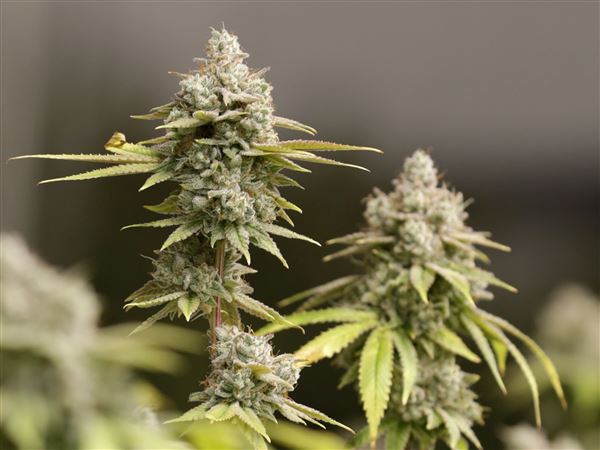"Food, Inc." is just the latest of a string of movies that will whet your appetite for more information about the food you buy or boycott:
"The Gleaners and I" (2001) -- French filmmaker Agnes Varda shows gleaners as they take the leavings from farm fields after harvest and the leftovers of a society that throws away too much useful stuff for too many of the wrong reasons.
Among the people scavenging through garbage and trash is a man who, for a decade, has eaten nothing but food retrieved from Dumpsters -- not because of need but as a matter of principle.
"Super Size Me" (2004) -- Morgan Spurlock famously ate McDonald's food for breakfast, lunch and dinner for 30 days and almost didn't live to tell about it.
He gained 24 pounds, his cholesterol and body fat soared, and he suffered from headaches, depression, exhaustion, mood swings and heart palpitations. His waistline and our nutritional awareness both expanded.
"Our Daily Bread" (2005) -- Filmed in Europe between October 2003 and 2005, this documentary shows how apples are washed in what looks like an Olympic-size swimming pool, salmon vacuumed out of a fjord and cows zapped in the head, sliced open so fluids can gush out, skinned and sawed into progressively smaller slabs.
It drives home how assembly-line efficiency is a constant in food production but, with no narration or interviews, feels pure but incomplete.
"Fast Food Nation" (2006) -- Director Richard Linklater told the Post-Gazette a more appropriate title might have been "Fast Food, Slow Death Nation." He worked with author Eric Schlosser to turn his book into a fictional story that probes the world behind the counter, where ranchers, meat packers (some illegals smuggled across the Mexican border), marketers, store managers and teen employees reside.
It boasts a good cast, led by Greg Kinnear, Bobby Canavale and Catalina Sandino Moreno, but it's footage from a real slaughterhouse that sticks with you.
"King Corn" (2007) -- The importance of corn in the food and fat chain is standard stuff in movies. Here, though, two East Coast college friends move to the heartland to learn where their food comes from.
With the help of neighbors, genetically modified seeds, and herbicides, they plant and grow a bumper crop of America's most-productive, most-subsidized grain on one acre of Iowa soil. With it comes an even more bountiful crop of troubling questions about fructose corn syrup, corn-fed meat, and corn-based processed foods that are staples of the modern diet.
First Published: July 17, 2009, 8:00 a.m.
















